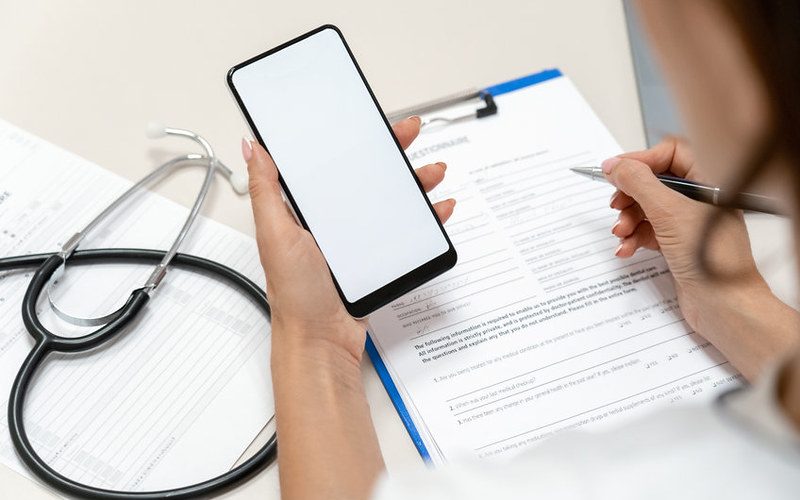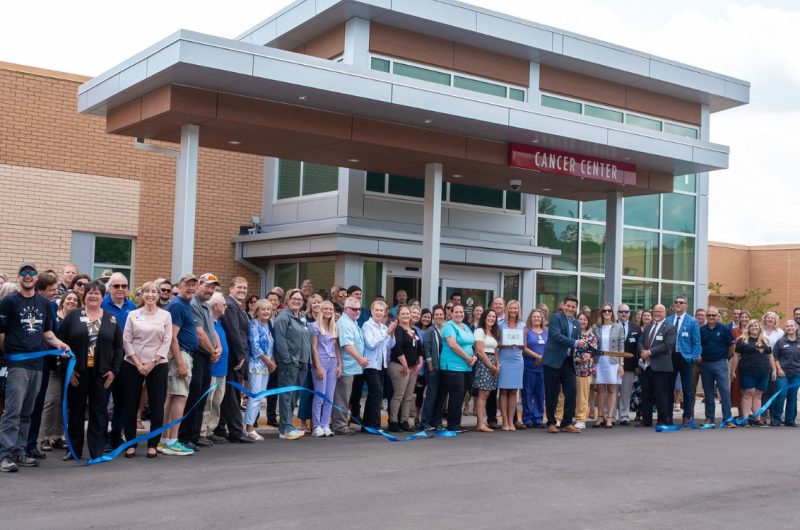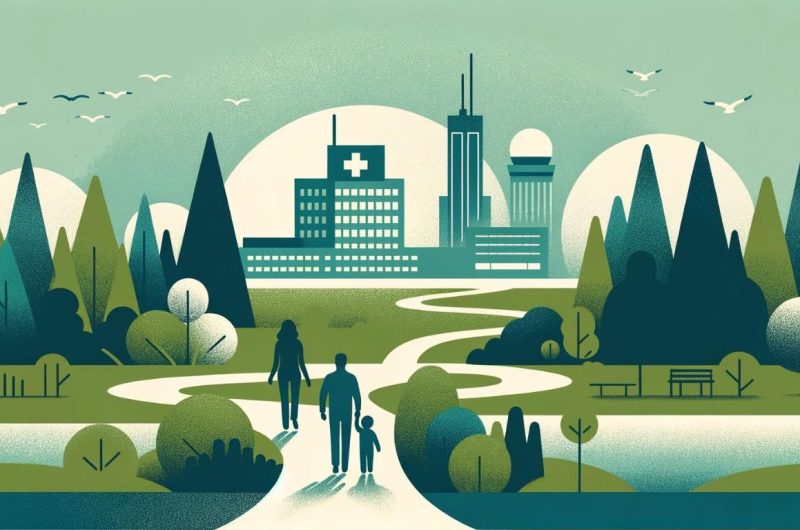Expansion of Telemedicine in Rural America
The opinions expressed in this publication are those of the authors, and do not necessarily reflect the opinions or views of Rural Insights or its members.

For years, efforts have been made to expand medical services to rural America without a significant amount of success–until recently.
Expansion of medical information sharing began in the early 1960’s, according to some sources, with the Mayo Clinic exchanging information between medical providers and off-campus sites.
Mayo began exchanging remote data transmissions over telephone lines of ECG signals from Saint Mary’s and Rochester Methodist Hospitals to a local clinic. In 1971, the idea went global when two Mayo Clinic cardiologists received ECGs from a hospital in Sydney, Australia.
The advent of the Internet and computers expanded telemedicine further, exchanging radiology images and cardiology information for consultations outside the local area. This led to a higher level of specialty and broadened the footprint that a community hospital and its providers could provide.
It also made possible the expansion of those services to 24/7 coverage for smaller facilities when a patient might present in their emergency department after hours; an ECG or X-ray could be interpreted and support appropriate treatment for a patient, potentially without being transferred to another facility–saving time, travel costs and keeping the patient in their facility.
Many large, national companies sprang up to provide these services. One example was reading x-rays in California that were taken in Michigan, with the results being instantaneous.
As the technology got better, smaller local groups such as radiologists were able to provide services to multiple small hospitals 24/7 using telemedicine technology.
The use of telemedicine in general medical practice did not explode in usage until the 2010 decade. It was viewed as impractical, impersonal, not effective, narrow market for use, and more.
While some of these views were accurate depending on the specialty or the comfort of the provider to utilize the information obtained, a lot of the barriers of success were due to patient and/or provider unfamiliarity. The 2020 pandemic changed that.
The 2020 COVID-19 pandemic had a chilling effect on access to healthcare. Many states imposed “stay home” orders and medical providers, hospitals, clinics, and private offices were restricted in their ability to see patients.
The concern was that the protective equipment medical personnel needed to treat virus-inflicted patients would be utilized needlessly on non-infected patients. The public health system was not ready for a pandemic of this size, and many facilities had to temporarily close, not able to render basic medical care.
So, providers and patients were forced into new modalities to access the healthcare system. They turned to electronic image transmission, or telemedicine. The use of tools like FaceTime, which used to be reserved for holidays with grandparents and parents that were far away, became commonplace for young moms worrying about a rash or sniffles for their young child.
Talking face-to-face with a pediatrician or family doctor and showing the child’s rash, nose or whatever issue was present suddenly became the norm. One did not have to bundle the little one up and get to a facility where you were more nervous about catching something more deadly on top of the existing condition.
Before the COVID-19 pandemic, the amount of provider offices, clinics and hospitals utilizing telemedicine to access their patients was running between 40- 64%, depending on the modality.
The goal was still to have that face-to-face for better visualization, information gathering and of course insurance information so that the visit could be billed. Now the percentage is closer to 88% overall, with some areas seeing 100% participation.
Clinics, provider offices and rural health centers have adopted telemedicine in huge numbers. A lot of their patient population is remote and has health risks higher than urban populations, mostly due to the access issues.
Being able to contact them via a mobile device or computer allows the patient to interface with their provider office and have their questions answered and medications renewed, rashes seen, or blood values discussed. It is now used by doctors, dietitians, diabetic educators, anesthesia pre-op interviews, all done via a mobile device or computer without a reduction in available information or comfort for either party.
During the peak of the pandemic, many rural hospitals created respiratory clinics to screen patients who potentially did not have COVID-19, but rather normal respiratory issues like COPD follow-ups, asthma, or pneumonia.
Electronic screening saved valuable PPE for use in treating COVID-19 patients, and kept the patient’s state of mind at ease so that they could get the healthcare they needed and not expose themselves to the potentially-deadly virus.
The splash effect of all this telemedicine was the refocusing on telehealth services to the masses and how it is a new modality for patients and a new service line for the medical community.
Remote patient monitoring in the not-so-distant past was not utilized very often and rarely paid for. But during the height of the pandemic, Medicare began to pay for certain telehealth visits, Medicaid began to pay for certain visits, major payers such as the Blue Cross and United began to pay for the visits–mostly because the risk of not having access would be catastrophic to their members’ health, and in some cases the long-range results could be irreversible.
There is a new U.S. House Bill called “Helping Ensure Access to Local TeleHealth” or the HEALTH Act of 2020 that is designed to permanently eliminate current barriers that are in place. This act would cut red tape and provide community health centers and rural health centers the ability to offer telehealth services to their patients.
Another way to look at it from the payer perspective is that it is better customer service and less costly in the short and long run. Telemedicine responded to the lack of patients not coming to emergency departments, and ultimately many of those patients ended up in the hospital ICU because their condition deteriorated to the extent that they needed major care.
Recently, the CEOs of both Cleveland Clinic and Mayo Clinic predicted that the death rate for this “deferred” medical care will equal that of COVID-19.
The increased use of telemedicine and telehealth has been a breakthrough for rural health. It has enabled patients and providers to connect for routine follow ups on previous visits, lab work, and x-rays. While it is not a solution for all interactions between patients and providers, it will provide a great vehicle for a variety of interactions.
The software now being used will interact with the EMRs, allow a patient to schedule a visit, and call in and be placed in a virtual waiting room while some of the necessary interviews take place much like what happens in the office before the provider arrives.
Telemedicine allows control for both the patient and provider in fitting appointments into their schedules and minimizing travel, waiting, and the other inconveniences present with in-person care.
The net result of the use of telehealth during the COVID-19 pandemic is that rural communities saw their access issues eliminated for many of their healthcare services. The pandemic made the patient, provider and payers more comfortable in utilizing telemedicine, and its use seems to have expanded to more applications from just a few short months ago.
Telehealth has shortened the distance between those needing healthcare services and those providing it.





